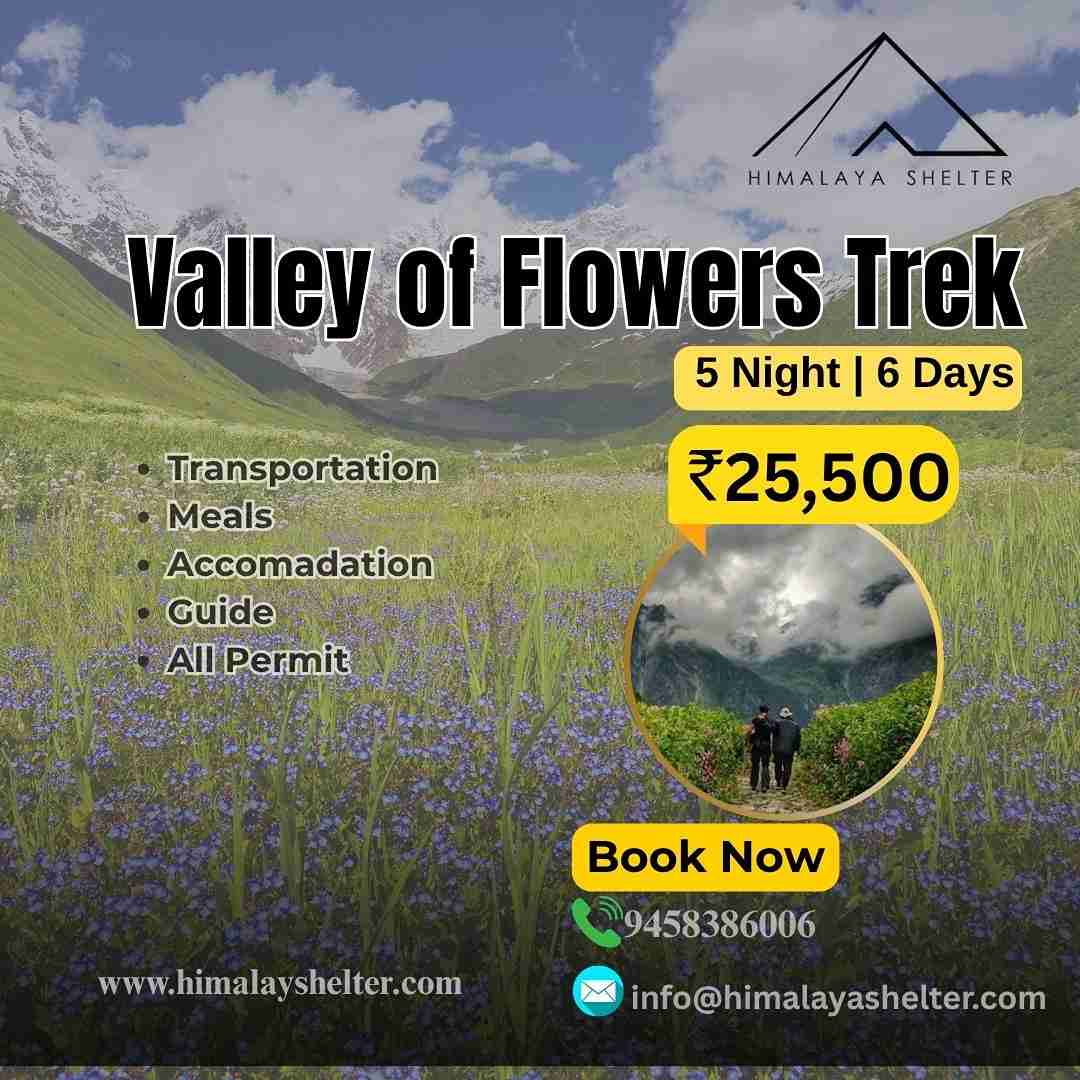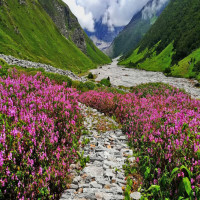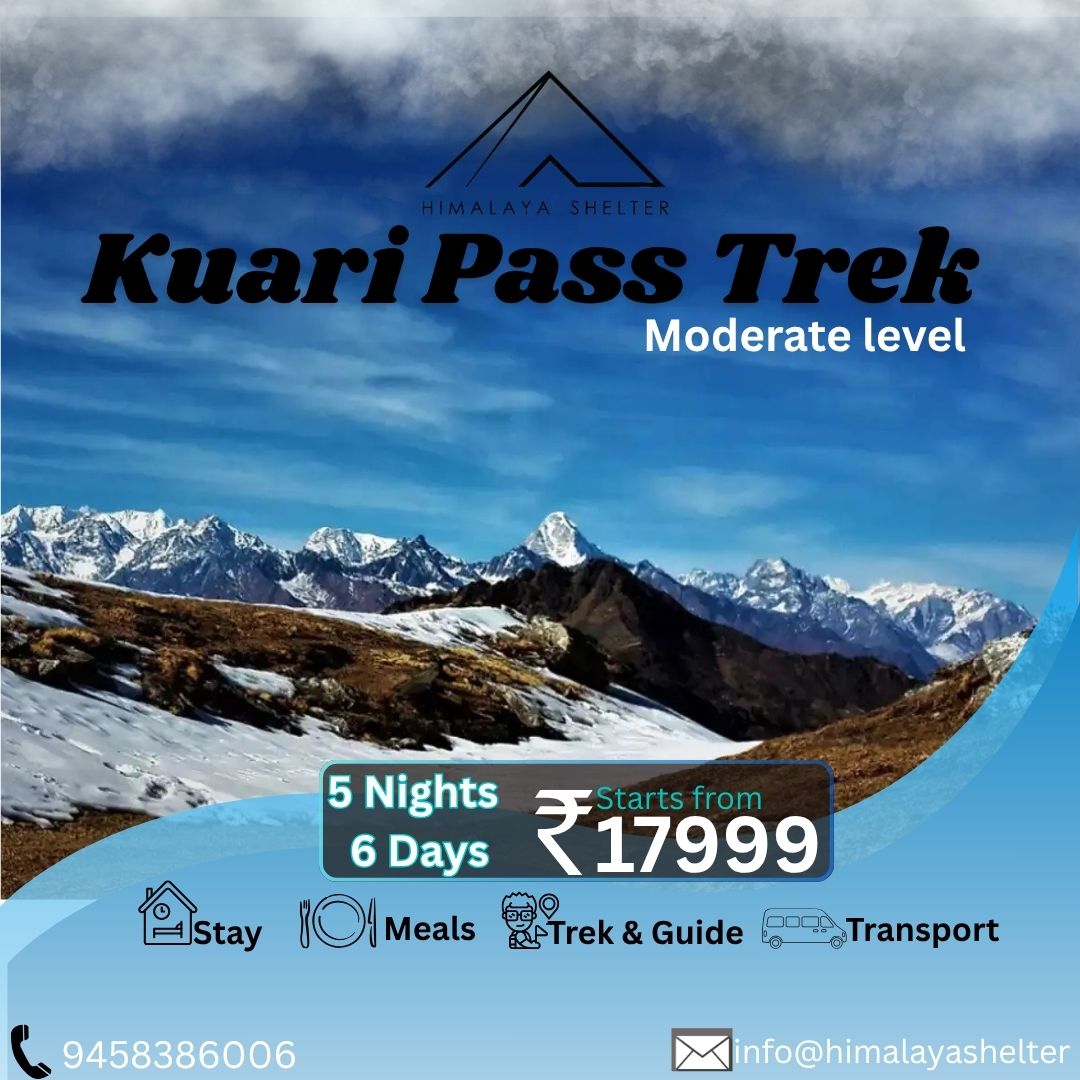The Valley Of Flowers Trek

Strong 8k brings an ultra-HD IPTV experience to your living room and your pocket.
The Valley of Flowers Trek – A Journey Through Nature’s Paradise
Tucked away in the Chamoli district of Uttarakhand, the Valley of Flowers Trek is one of India’s most magical and rewarding high-altitude treks. Located within the Nanda Devi Biosphere Reserve, this UNESCO World Heritage Site is a dream destination for nature lovers, botanists, and trekkers alike. Each year between July and September, the valley bursts into a vibrant carpet of blooming alpine flowers, creating a scene straight out of a fairytale.
The trek to the Valley of Flowers is not only about scenic beauty—it's a soulful experience that brings trekkers face to face with rare flora, glacial streams, snow-capped Himalayan peaks, and rich biodiversity. With over 600 species of flowering plants, including the Himalayan blue poppy, Brahma Kamal, and cobra lily, the valley is a living canvas painted by nature.
Starting the Journey
The trek begins from Govindghat, a small town that’s easily accessible by road from Rishikesh or Haridwar. From Govindghat, a 13 km well-marked trail takes you to Ghangaria, a quaint settlement that serves as the base camp for both the Valley of Flowers and Hemkund Sahib. This stretch passes through lush forests, cascading waterfalls, and the confluence of the Lakshman Ganga and Pushpavati rivers.
After an overnight stay in Ghangaria, trekkers head on a 4 km ascent to the Valley of Flowers. As the trail opens up, you’re greeted by vast meadows dotted with countless flowers, set against a dramatic backdrop of misty mountains and glacial streams.
Exploring the Valley
Once inside the valley, the experience is nothing short of surreal. The trail runs alongside the Pushpavati River, meandering through fields of flowers and moss-laden rocks. Notable landmarks include the memorial of Lady Joan Margaret Legge, a British botanist who tragically died in the valley in 1939 while cataloging its unique flora.
The altitude ranges from 3,352 to 3,658 meters, making this a moderate trek suitable for both beginners and experienced hikers. Trekkers should be prepared for unpredictable weather, especially during the monsoon season, which is also when the flowers are in full bloom.
Extend Your Trek
For those seeking a spiritual detour, Hemkund Sahib, one of the highest Sikh shrines in the world, is just 6 km from Ghangaria. The trail to Hemkund is steeper but equally rewarding, offering serene views of a glacial lake surrounded by seven snow-covered peaks.
Accommodation and Best Time to Visit
Accommodation is available in Ghangaria, with options including guesthouses, lodges, and a Gurudwara that provides food and shelter to pilgrims. Basic shops and eateries are also available.
The best time to visit is mid-July to late August, when the flowers are in full bloom. The valley is open to visitors from June 1 to October 31.
Trek with Trusted Experts
For a safe, well-organized, and memorable trekking experience, it's recommended to book with Himalaya Shelter. Their experienced team ensures eco-friendly practices, knowledgeable guides, and comfortable arrangements throughout the journey.
Note: IndiBlogHub features both user-submitted and editorial content. We do not verify third-party contributions. Read our Disclaimer and Privacy Policyfor details.



